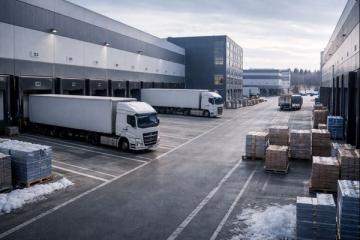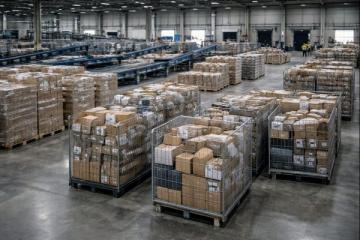
Various sources of potential pest contamination exist throughout the global freight supply chain. Both national legislatures and multinational regulators are keen to minimise potentially devastating consequences to agriculture and the natural environment that unwanted invasive pests can deliver. All those involved in the movement of cargo internationally must heighten their awareness and tighten biosecurity measures.
The international freight transport insurer TT Club is bringing the nature of these phytosanitary risks into even sharper focus by helping to educate those involved in the intermodal supply chain about pests taking unwelcomed rides. This is building on the success of its series of animated supply chain security videos. As many vulnerabilities emanate at the time of packing freight units at export locations across many countries, the visual impact of video animations can be effective in conveying these crucial messages.
In introducing the videos Peregrine Storrs-Fox TT’s Risk Management Director commented, “The condition of the structure of the 'metal box' and its cleanliness are clearly important elements in relation to pest movement. However, there needs to be focus attention on the condition of the goods themselves and any packaging or dunnaging materials to ensure that they are not contaminated either. We have attempted to emphasise both these aspects in these animations and are grateful also for input from partners in the Cargo Integrity Group”.
The four video clips, that can all be accessed HERE , feature how the route taken by a road transport vehicle can affect cleanliness, as well as how mud and vegetation, however acquired, can harbour invasive pests, risking contamination before loading on board a ship. They also highlight how packing freight units under bright lighting at night can attract unwanted insects and the risk of cargo from previous loads also introducing invasive creatures.
TT wishes to bring the substantial issues of such contamination to the broad range of stakeholders as container flows are complex, involving multiple handovers of control and transport modes. The shipping company, which often operates the container, has little direct control over or access to containers except, with the involvement of local operators, when they are empty in depots or at terminals. This by no means applies to every trip. On many occasions containers are delivered empty for packing immediately after discharging the previous cargo.
A critical place of potential pest contamination is the packing point, over which the shipper exerts the most influence and control, either directly or via contractual agreement with the packer. It is clear therefore that an understanding by a number of parties about the interdependencies and mechanics of the supply chain is required to build effective, sustainable measures to mitigate the risks of transfer of invasive pests. So too is an understanding of biology of the range of pests at the point of origin. TT will continue to communicate the consequences of these risks and the means of reducing them through as many channels as it believes can be effective.





